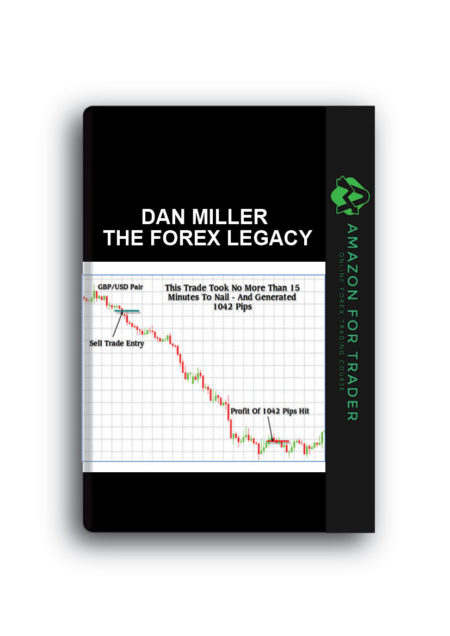Description
Barbara Star – Detecting Trend Direction & Strength (Article)
Traders use technical indicators to recognize market changes. They look to indicators for signs of price direction, momentum shifts, and market volatility. Among the most sought-after indicators are those that identify price trends. Traditionally, moving averages serve that purpose, but they suffer from whipsaw action during price consolidations. However, there is another approach. This article shows how to combine two popular indicators to help traders detect not only trend direction but also trend strength.
The indicators involved are the average directional index (ADX) and the moving average convergence/divergence (MACD). The ADXfunctions as a trend detector, rising as price strengthens into an identifiable trend and falling when price moves sideways or loses its trending power. ADX values in the 20 to 30 range indicate mild to moderate trending behavior, while values above 30 usually signify a strong trend. Unfortunately, the ADX does not reveal the trend direction. The MACD, on the other hand, indicates price momentum and can also be used to identify price direction as it rises above its trigger line or falls below its zero line.
When both indicators are plotted on the same chart, trend strength and trend direction become clear. The chart of AOL Time Warner (AOL) in Figure 1 illustrates how the two indicators complement each other. The ADX in the upper panel rose from April through May 2001, indicating a trending market. The MACD rose above its dotted trigger line and its zero line, showing that price direction was up. During July and August the ADX rose once again, but the MACD was then below its trigger line and its zero line, showing that a downtrend was in progress.
FIGURE 1: ADX AND MACD WITH AOL TIME WARNER (AOL).
The rising ADX in the upper panel does not differentiate between up- or downtrending price movements. Plotting the MACD just below the ADX makes the trend direction much easier to spot.
THE CONFIRMING PATTERN
Most traders prefer the long side of the market and look for an uptrending market. The confirming pattern identifies exactly that condition. When the ADX and MACD move up in unison, they confirm rising price direction; the Bristol-Myers Squibb Co. (BMY) chart in Figure 2 offers a good example of a confirming pattern. The ADX and MACD rose as price moved up strongly in September to December 2000.
When price changed direction in January 2001, both the ADX and MACD followed suit. The falling ADX was not indicating that a downtrend had begun; merely that it no longer could find a trend. In this example, the MACD showed that price was retracing its prior upward march. But sometimes when both indicators fall, price forms a sideways trading range, rather than the more pronounced downward move seen in this chart.
…Continued in the January 2002 issue of Technical Analysis of STOCKS & COMMODITIES
Barbara Star, Detecting Trend Direction & Strength (Article), Download Detecting Trend Direction & Strength (Article), Free Detecting Trend Direction & Strength (Article), Detecting Trend Direction & Strength (Article) Torrent, Detecting Trend Direction & Strength (Article) Review, Detecting Trend Direction & Strength (Article) Groupbuy.









Reviews
There are no reviews yet.